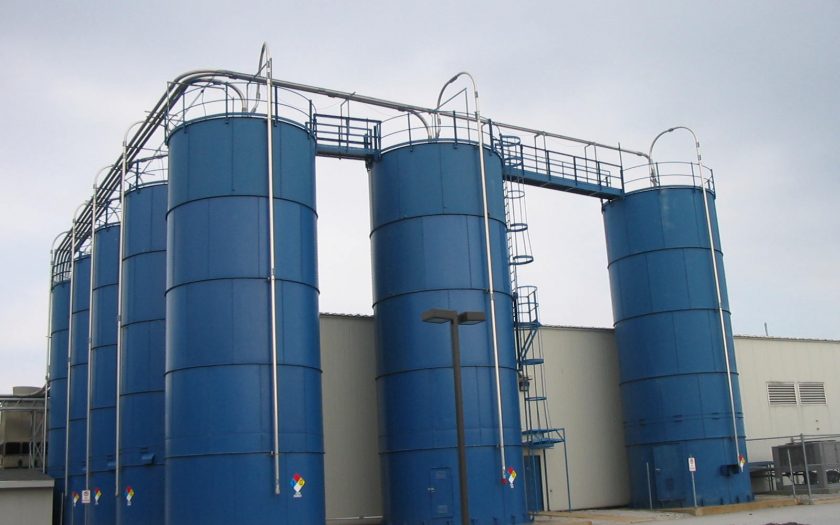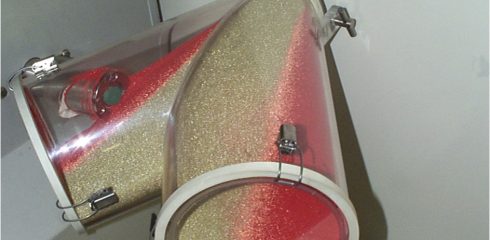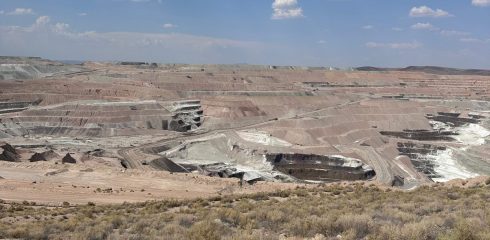
The Need
A small compounder was considering a new extrusion line that would include a substantial portion of regrind/recycle into the feed. They had to be certain the resulting sheet would be consistent with respect to mechanical properties and color as the material was to be used in a quality shoe line. They had heard of Jenike & Johanson, had one of their mass flow/funnel flow models from visiting a show, but had never expected to need their services.
Early trials were showing major problems in achieving consistent product. Questions were raised whether utilizing the regrind and recycle would ever work. Flow problems were seen with the material, but they were considered only minor annoyances. Still, given the product quality issues, the client was concerned they may be related.
The Solution
Jenike and Johanson was invited to conduct a process review. One of our engineers spent a day on site with the client and their production and operations staff. The issues were reviewed and explanations of how the solids flow may be the root cause were provided. The client was convinced through the discussions that a few changes were needed in the feed system.
Samples of the materials and regrind/recycle were taken to J&J’s lab and flow properties tests performed. The test results confirmed the hypothesis that due to the materials’ natural segregating tendencies and poor flowability, the product quality problems were almost entirely the result of the feed system. Jenike and Johanson recommended changes to the system and provided functional design drawings.
The Result
The new extrusion line became a success. The variation in mechanical properties and color were nearly eliminated. The hopper functional design drawings had been provided to a local fab shop and within a few months the changes had been installed. The whole process seemed to perform entirely different. Materials that had been dismissed by operators as never being capable of making a quality product were now producing product just as well as virgin material. A substantial savings on scrap had been made and tons of material no longer had to be sent out as scrap.







